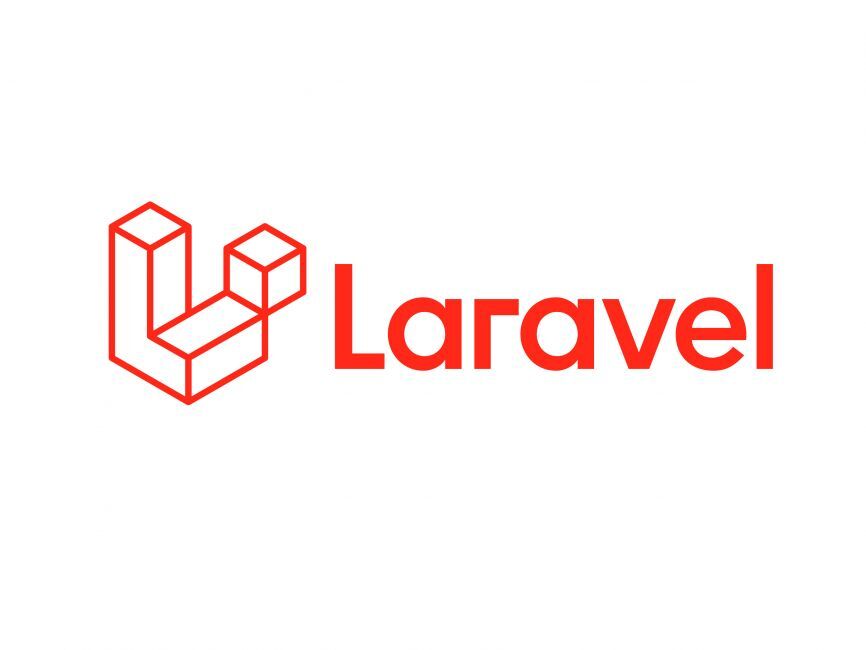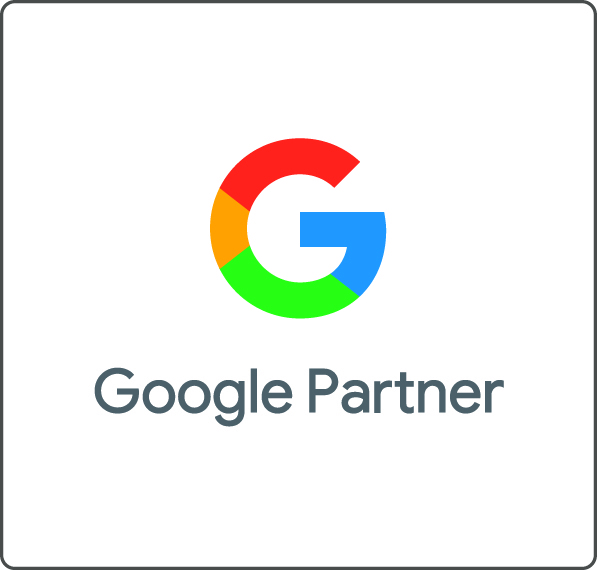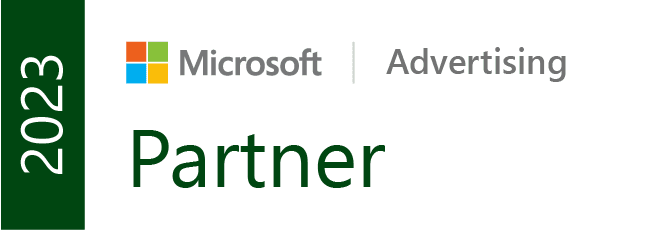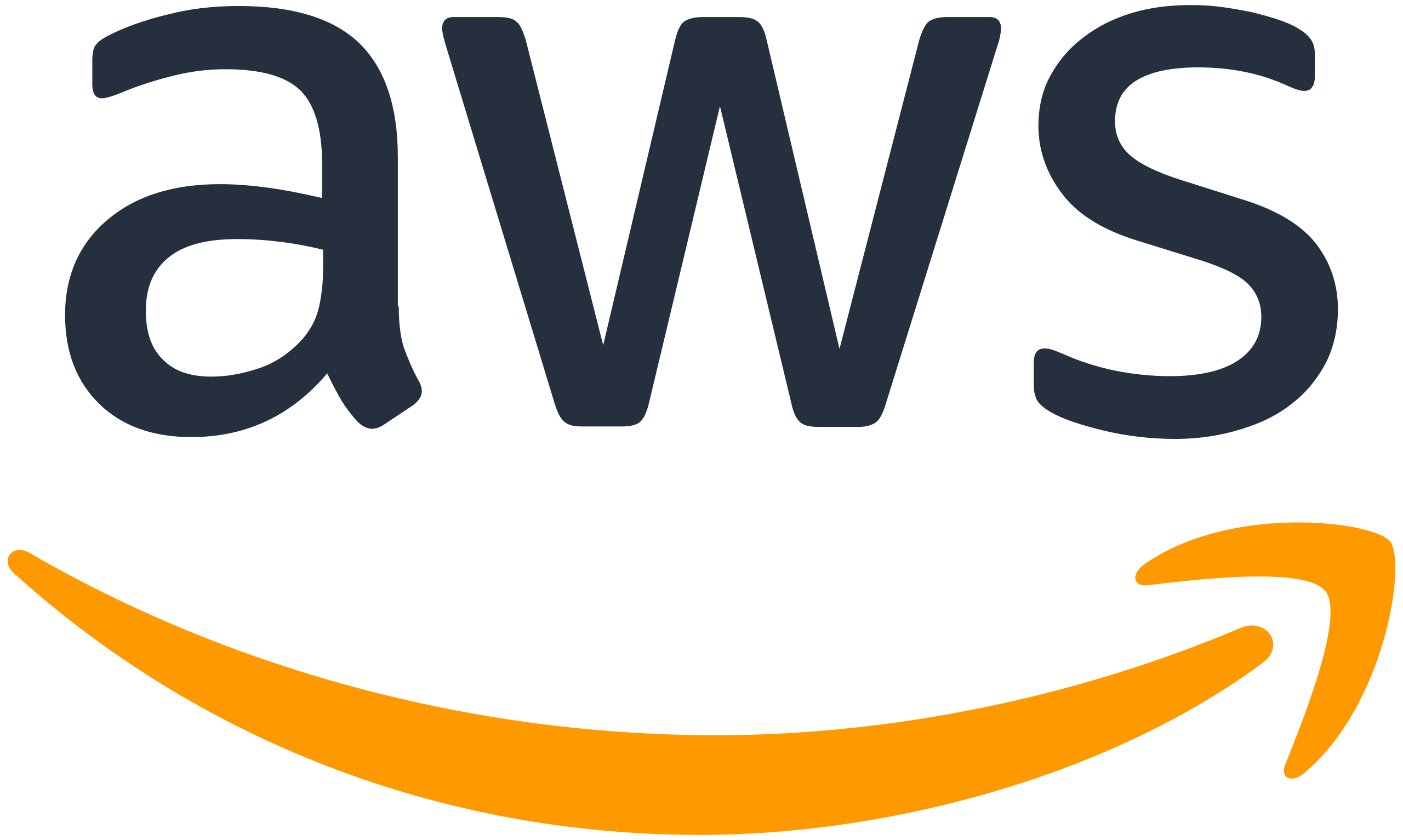Within the Google Ads platform there are a selection of bid strategy types designed to effectively automate and optimise your campaign performance. At face value when and why to use each strategy type seems fairly straightforward; however, they might not always be the best approach for your campaign performance.
We’ve been experimenting with bid strategy types and have these cautionary tales to share to ensure you’re not paying Google more than you should.
The bidding strategy framework is focused on a campaign’s goals – whether that is to achieve conversions, clicks or impressions. In its simplest form, if you want...
- to achieve more brand exposure, focus on impressions
- website traffic, focus on clicks
- users to take action on your site, focus on conversions
However, with the advent of smart bidding Google has segmented their bidding strategies even further and whilst the additional options are helpful, they can often cause costs to inflate or some of your key metrics to significantly change.
For conversions, you can choose from:
- Maximise conversions: optimize for conversion volume with a focus on spending your entire budget (proceed with caution)
- Maximise conversion value: optimize for conversion value with a focus on spending your entire budget (proceed with caution)
- Enhanced CPC: you’re in the driving seat with max CPC bids, however the system may alter the bid if it believes it can achieve a conversion. Often a better version of manual CPC bidding as there is a bit of machine intelligence added.
There were previously the following but these have been retired, and rolled into options within the strategies above
- Target CPA: optimise for conversions, but control costs by applying a target CPA
- Target ROAS: optimise for conversion value, focusing on return on ad spend
For clicks, the choice is simpler:
- Maximise clicks (no max CPC bid): set your daily budget and the system will buy the most clicks for your budget
- Maximise clicks (with max CPC bid): as above, but you can set a specific max CPC bid to prevent paying your full daily budget on 1 clicks. This is always advised!
- Manual CPC bidding: you can control your bids at keyword level, one by one.
For impressions, there is only really one nested option for search advertising:
- Target impression share: automatically adjusts bids with the goal of showing your ad on either absolute top of search ads, top of page of search ads or anyway on the page of results.
Why CPC becomes a less significant KPI when monitoring performance with some bidding strategies
If you’re like me and have at least a decade of experience with PPC you’ll be very familiar with manual CPC and enhanced CPC and find the control they offer reassuring. When you start a PPC campaign one of the key metrics you’re deciding upon is your CPC. Google’s keyword planner tool offers you a CPC forecast, plus you might have a target based on your CPA and likely conversion rate. But when you activate your campaign you quickly discover what it takes to compete in an auction.
Our client reports present and monitor the changes in CPC over-time, and this can often be a key metric that our clients also fixate on. Any significant swings either way grab their attention and quite rightly raises questions.
Now, when embarking on bidding strategies, your CPC is one of the first metrics that you start to lose control over. To go from one of the first things you control when running a PPC campaign to something that you control less and less can create anxiety and fear. The key is to manage expectations and ensure everyone is focusing on the right metrics for your goal.
For example, does it really matter if your CPC goes sky high if you have hit your target CPA goal?
Here is an example from a month-long test between manual CPC (top row) and maximise conversions (target CPA) on the bottom row. Whilst the avg. CPC significantly increased the cost/conversion was lower and conv. rate better.

Being curious encourages us to ask these questions and discover if you can indeed achieve better results by pushing the boundaries of the system. For that reason, when running bid experiments we prefer to implement experiment conditions, using control and test versions to gauge impact and viability of one working versus another.
As alluded to earlier, we’ve been testing some of the automated bidding strategies and wanted to reveal what we’ve discovered. And it’s not always to our liking!!
Maximise conversions – be careful of your daily budget or apply a target CPA
This is an inviting bidding strategy because it’s focused on generating conversion volume, which let’s face it, is what nearly every advertiser wants. However, depending on your daily budget it can carry inefficiency risks if you’re not careful.
Many advertisers will have daily budgets which exceed the CPA target for 1 conversion. If this is you, then having a maximise conversion bidding strategy can achieve more conversions within your daily budget but they may not necessary be within your target CPA. It is therefore always advised to apply a target CPA when setting up this bidding strategy.
For example: You have a target CPA of £80.
- A £500 daily spend could achieve 5 conversions at £100 CPA, however if your target is anything less than £100 CPA then you really can't afford these 5 conversions.
- If you could achieve 4 conversions for £75 CPA and spend only £300 then I’m sure you’d prefer this.
- But with a maximise conversion bidding strategy and no CPA target, Google will push for the total spend (£500) and achieve 1 more conversion (than if you’d put a CPA of £80 in place), but it would have cost you a whopping £200 for that extra conversion.
To achieve higher conversion volumes you may have to accept that costs will increase disproportionately. However, you need to decide on what basis you are measuring your CPA and determine whether you can afford to pay for those extra conversions.
I’ve always found Google’s bid simulator to be as frustrating from this point of view. As often it will present opportunities to spend more, but the increase in costs are often very disproportionate to the amount of extra conversions achieved. And when you work out incremental costs the discoveries can be astounding.
For example in the table below, to achieve 2 additional conversions I have to accept a raise in CPA from £19.75 to at least £37.80 for all my conversions. So, 2 extra conversions have actually cost me £110 each. If my target CPA was anything less than £30, this seems too expensive to pursue.
However, if you have a maximise conversion strategy with no target CPA this may be the decision the algorithm takes, especially raising to +100% bid as this remains within my daily budget limits. That could have turned my average CPA from £19.75 to £34.00, all for 1 additional conversion, and an extra cost of £149.

Now, I’d never recommend always working things out like this as all you end up doing is stifling volume. Any increase in CPCs affects all clicks associated with the bid not just the extra volume, so you always need to look at averages and blended costs, but for the purpose of this exercise you can get quite savvy in making sure you’re only pay as much as you can afford/need to and accept the volume that comes with that decision. And stresses the importance of having a target CPA!
Maximise conversion value – make sure you always have a target ROAS in place
First and foremost, you should only use this bidding strategy if you actually have conversion values tracked in your Google ads account, not just conversion counts. Without this, the system will have no value data to work with. Probably best for ecommerce advertisers or any business that can assign a value to a lead automatically, but less inviting for those who work solely on CPA or offline data imports.
The word of caution is that it’s not mandatory to add a ROAS target to the bidding strategy. However, when we didn’t do this whilst we saw our clicks, cost and revenue grow, it was highly inefficient.
So why was this? Without the target ROAS target the system was purely chasing for greater revenue, so it could spend £100 to make only £10! Granted £10 was more than £0, so from the platforms POV it was maximizing the conversion value but it was loss making. So don't apply this strategy without some efficiency target in place.
Target impression share – beware your CPCs could significantly inflate, and might not achieve better KPIs
We took on an account recently where the brand needed to be supported in PPC, and since they were brand terms, the client wanted maximum search visibility.
Our go to bidding strategy was target impression share (anywhere on results page) at 100% target share but with a maximum CPC bid limit in place to prevent the system from going wild. Based on Google’s description we thought this would be the best for our objective.
The alternative bidding strategy was maximise clicks with the same maximum CPC bid limit.
Our metrics for comparison were:
- Search impression share
- Search top IS
- Search abs. top IS
- Avg. CPC
- Impressions
- CTR
Our hypothesis was that we would get better impression shares using the target impression share strategy, and that perhaps we might have to pay a little more for it but that the benefits outweighed the costs.
The results of the test however revealed very little differentiation in impression share, search top IS and search abs. top IS and yet we had to pay over 30% more for clicks with the target impression share strategy.
In the table below, the first row is the target impression share bidding strategy, and the second row is the maximise clicks bidding strategy.

In this particular instance we felt that the higher click costs were not justified due to the lack of positive benefits in impression share. So we actually favoured maximise clicks and are now ensuring that we observe the impression share figures and adjust max CPC bids accordingly.
The unusual outcome of this test was the strategy focused on clicks achieved a weaker CTR than the strategy focused on impression share.
Whilst on this occasion we didn’t discover what we had expected, we will continue to test bidding strategies against one another before settling on the best solution, and we urge you to do the same.
You can retain some control, but it's important to experiment
To conclude, with automated bidding strategies it can often feel like Google is taking complete control, but in reality PPC managers are still in the driving seat and have choices on what bidding strategies to choose and what targets to set the system. So, choose wisely, and if in doubt test, evaluate and test some more! Our mission is to get the best deal for our clients which can’t be said for the money-making Google ads machine 😉





